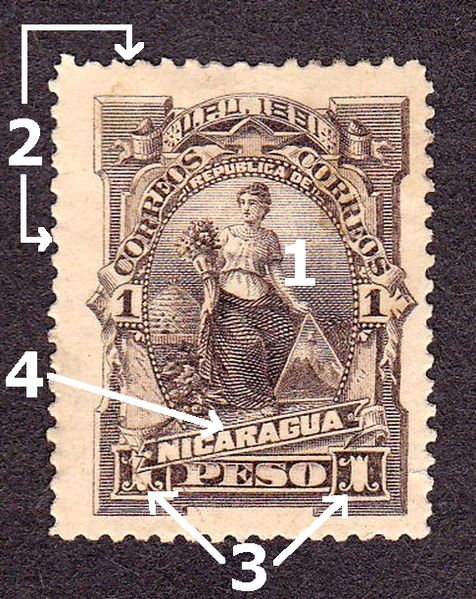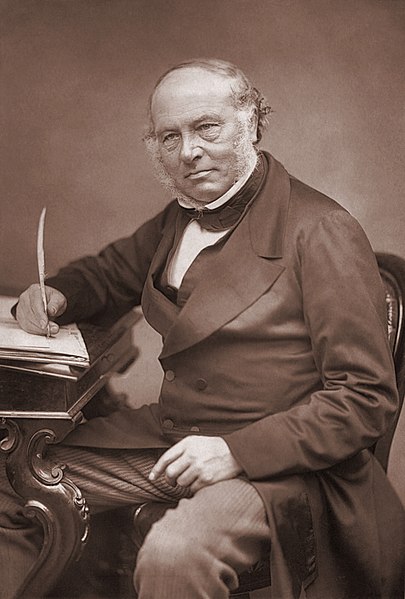A revenue stamp, tax stamp, duty stamp or fiscal stamp is a (usually) adhesive label used to designate collected taxes or fees on documents, tobacco, alcoholic drinks, drugs and medicines, playing cards, hunting licenses, firearm registration, and many other things. Typically, businesses purchase the stamps from the government, and attach them to taxed items as part of putting the items on sale, or in the case of documents, as part of filling out the form.
An 1898 £1 revenue stamp of Western Australia
Revenue stamps on smuggled tobacco seized by the British tax authorities.
Fiscal stamps of Punadra, Khadal, Ambaliara, Katosan and Jawhar ruled by Koli rulers in India 1947
An 1899 passport tax stamp from Cundinamarca in Colombia
A postage stamp is a small piece of paper issued by a post office, postal administration, or other authorized vendors to customers who pay postage. Then the stamp is affixed to the face or address-side of any item of mail—an envelope or other postal cover —which they wish to send. The item is then processed by the postal system, where a postmark or cancellation mark—in modern usage indicating date and point of origin of mailing—is applied to the stamp and its left and right sides to prevent its reuse. Next the item is delivered to its addressee.
The main components of a stamp: 1. Image 2. Perforations 3. Denomination 4. Country name
Lovrenc Košir, 1870s
Rowland Hill
The Penny Black, the world's first postage stamp (1 May 1840)








